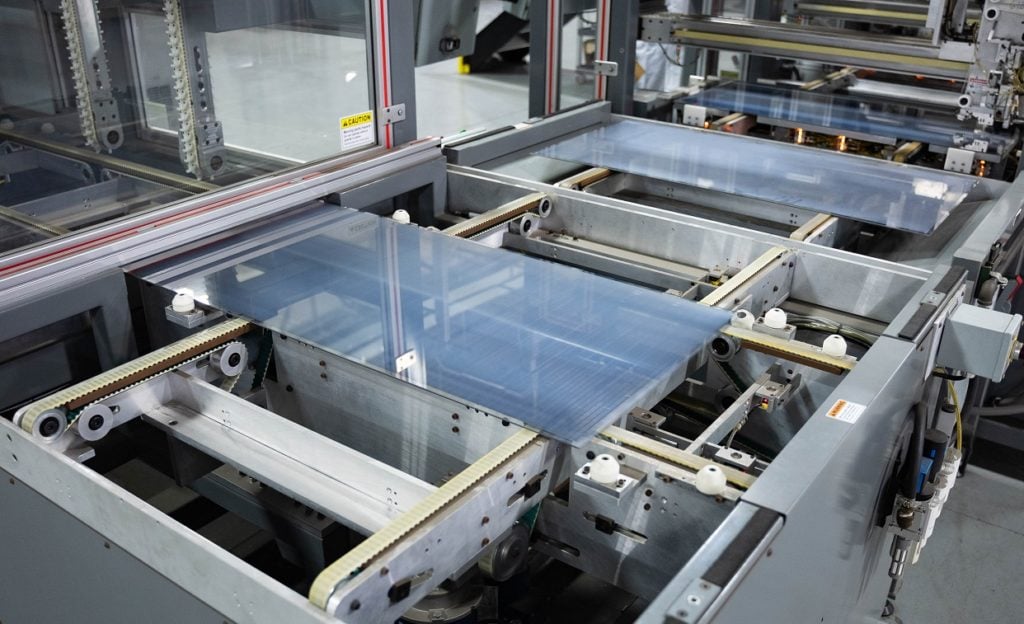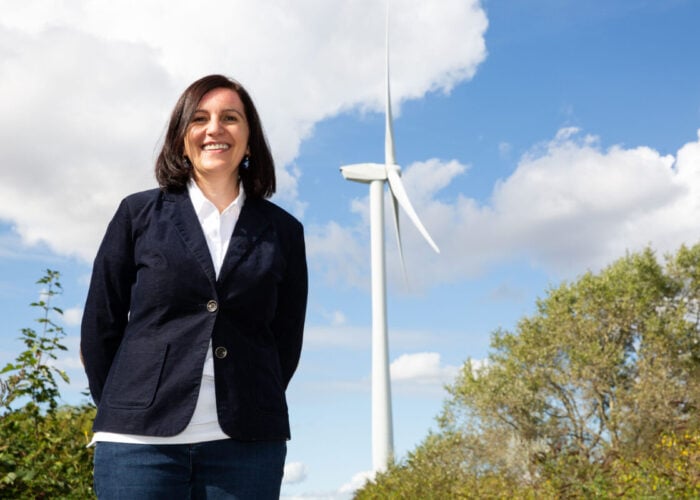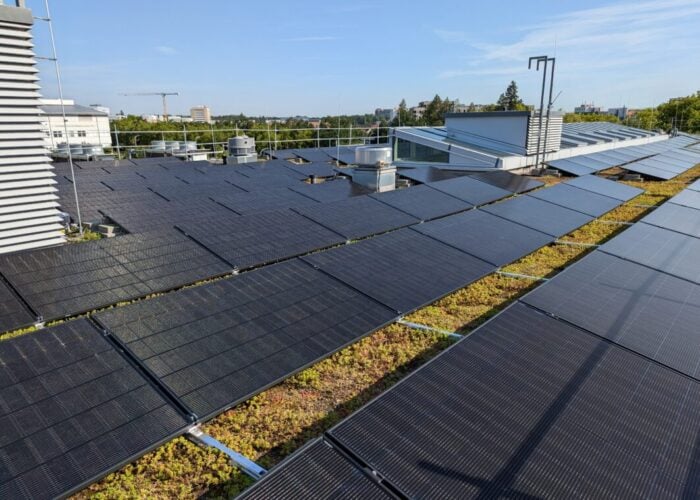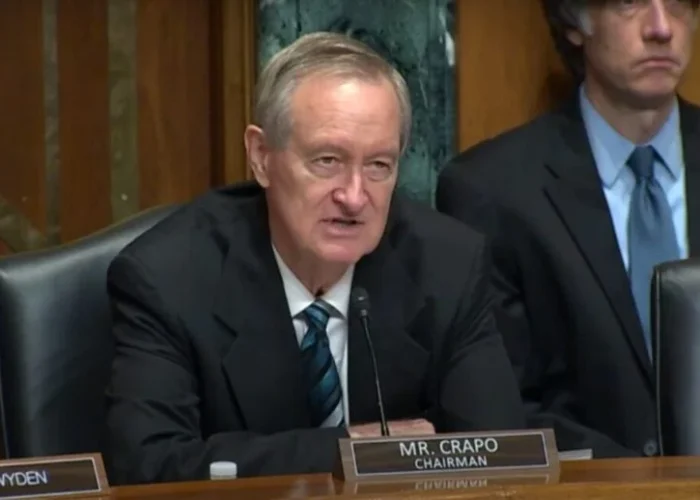
US thin-film module manufacturer Toledo Solar is planning to expand production in response to the passage of the Inflation Reduction Act.
A manufacturer of cadmium telluride modules based in Ohio, the company said it is planning to ramp up production to 2.8GW of capacity by 2027 in response to “surging demand for solar products”.
Unlock unlimited access for 12 whole months of distinctive global analysis
Photovoltaics International is now included.
- Regular insight and analysis of the industry’s biggest developments
- In-depth interviews with the industry’s leading figures
- Unlimited digital access to the PV Tech Power journal catalogue
- Unlimited digital access to the Photovoltaics International journal catalogue
- Access to more than 1,000 technical papers
- Discounts on Solar Media’s portfolio of events, in-person and virtual
Founded in 2019, Toledo Solar began PV panel production last year and supplies products for the US residential and commercial and industrial markets.
The company, which is aiming to create more than 250 additional jobs by 2027, said its supply chain is sourced exclusively from North America.
“Now that Congress and President Biden have moved forward to protect American jobs by fighting the use of slave labour overseas with the enforcement of the Uyghur Act and the levelling of the playing field in solar with the passage of the Inflation Reduction Act, Toledo Solar is going to match that dedication by committing to our domestic expansion,” said Toledo Solar CEO Aaron Bates.
Toledo Solar is part of an initiative launched by the US Department of Energy earlier this year that aims to accelerate the development of cheaper, more efficient cadmium telluride solar cells.
The University of Toledo will lead the consortium, which has secured US$20 million in funding and also includes First Solar, another US thin-film module manufacturer.
First Solar, meanwhile, announced last month it will invest up to US$1.2 billion to expand its manufacturing operations in the US, including setting up a vertically integrated factory in the country’s Southeast with an annual capacity of 3.5GWdc.







